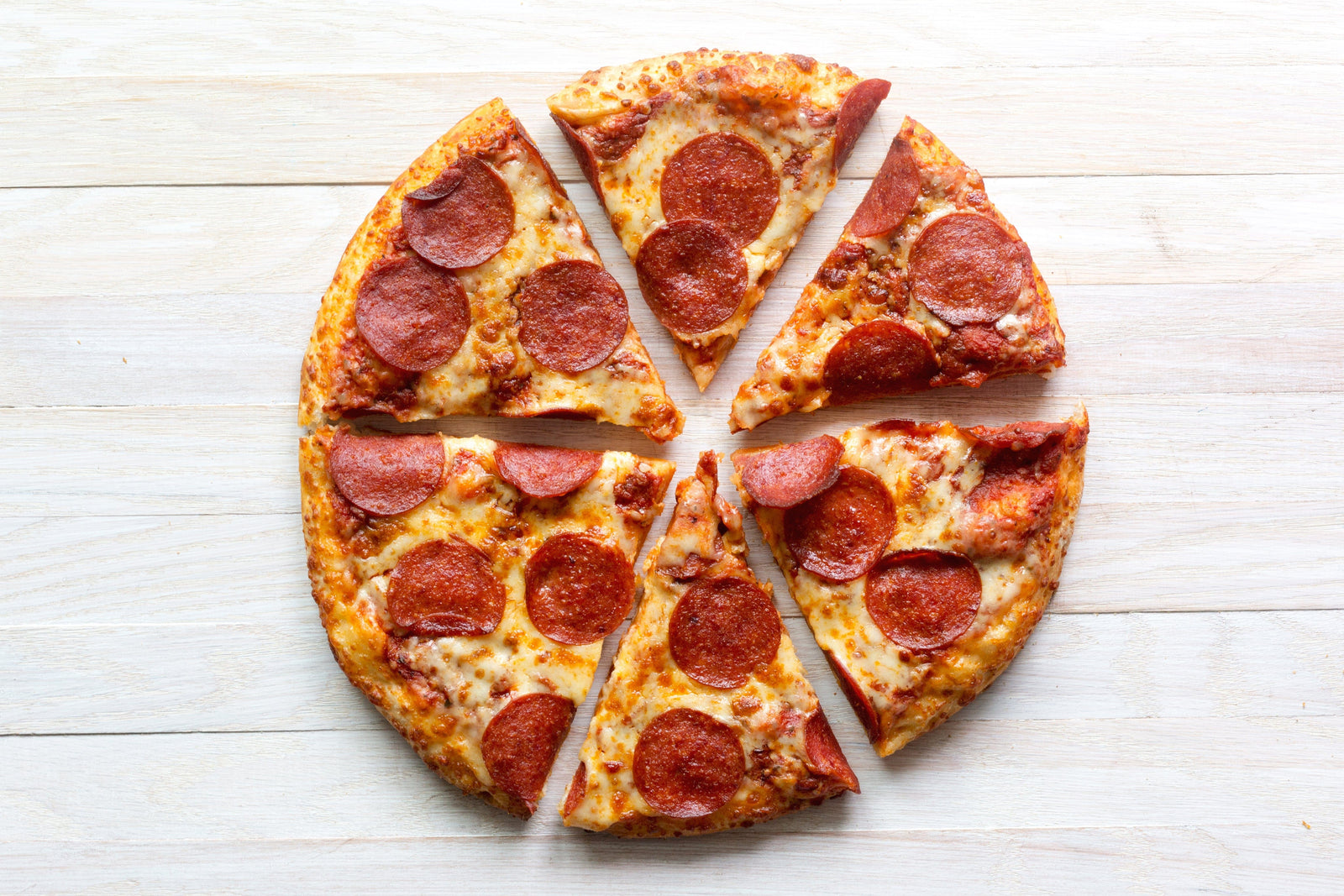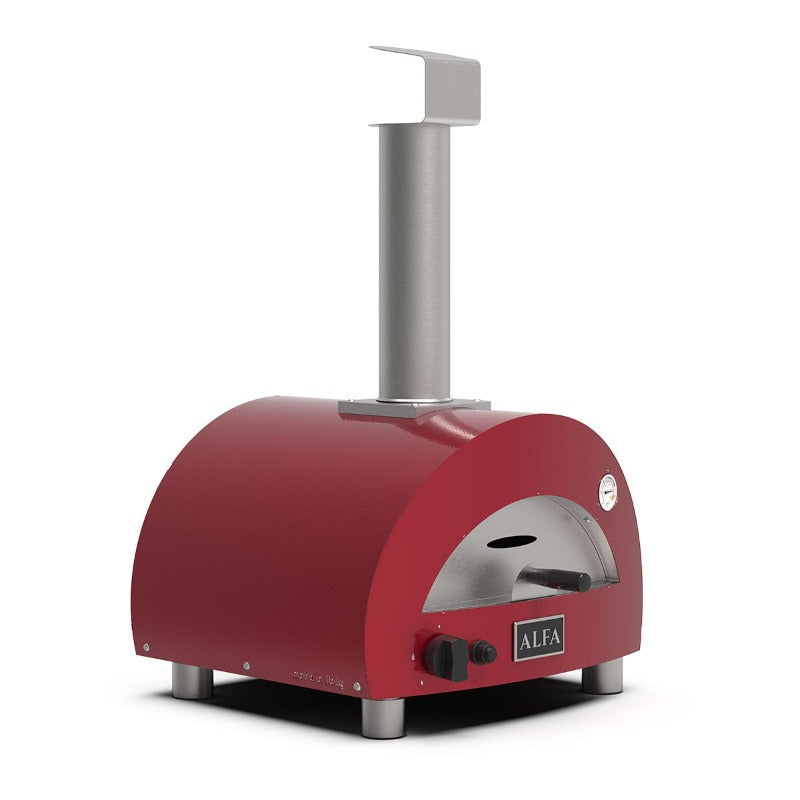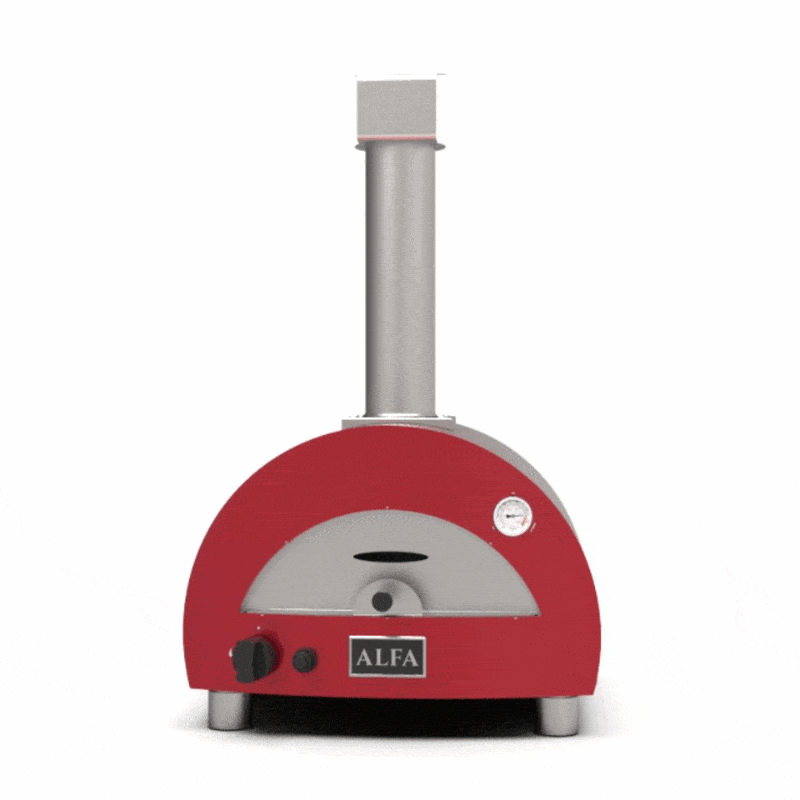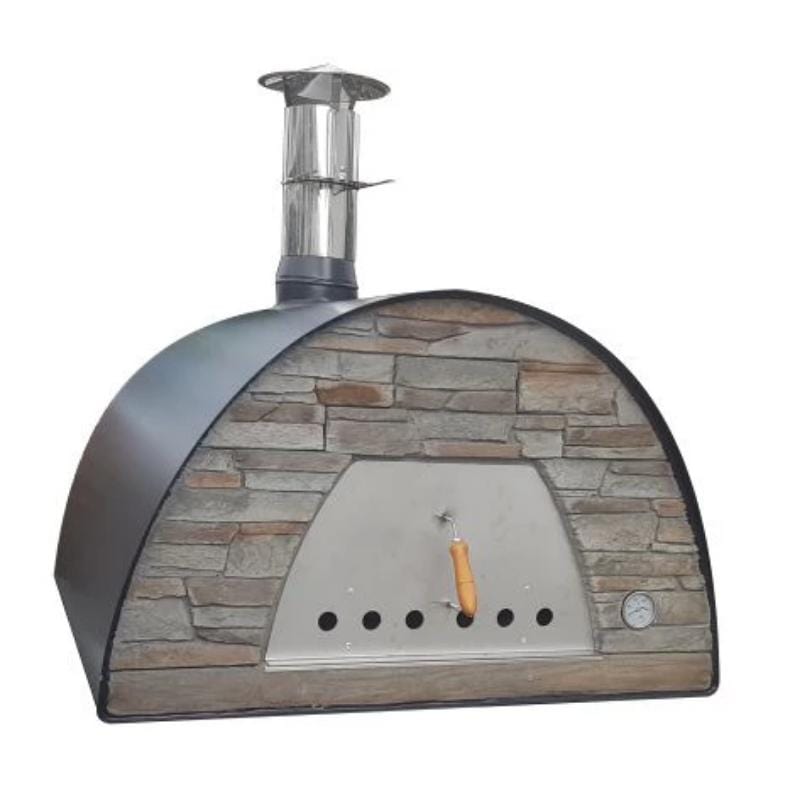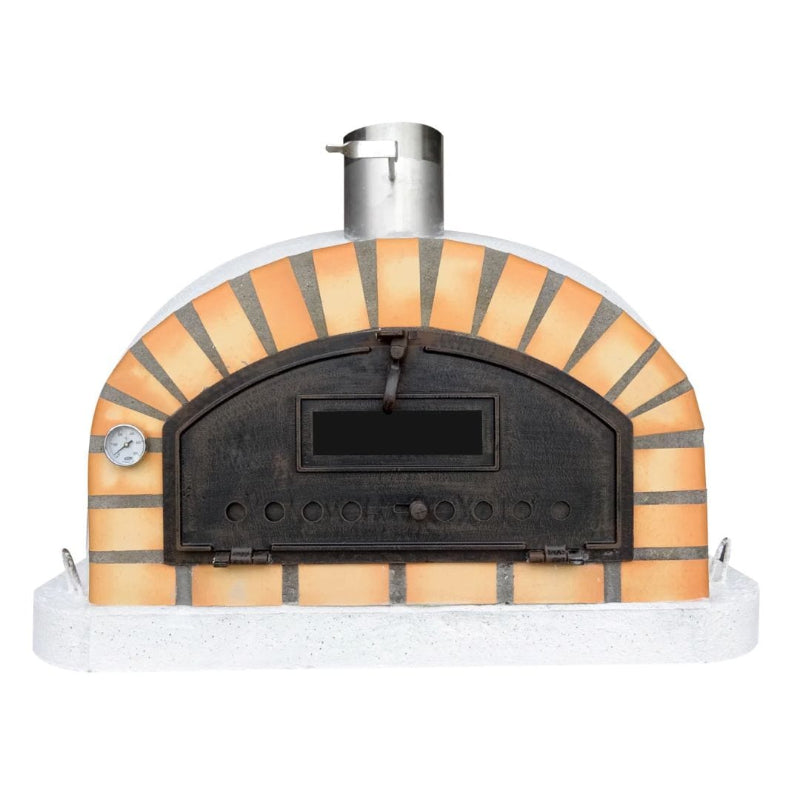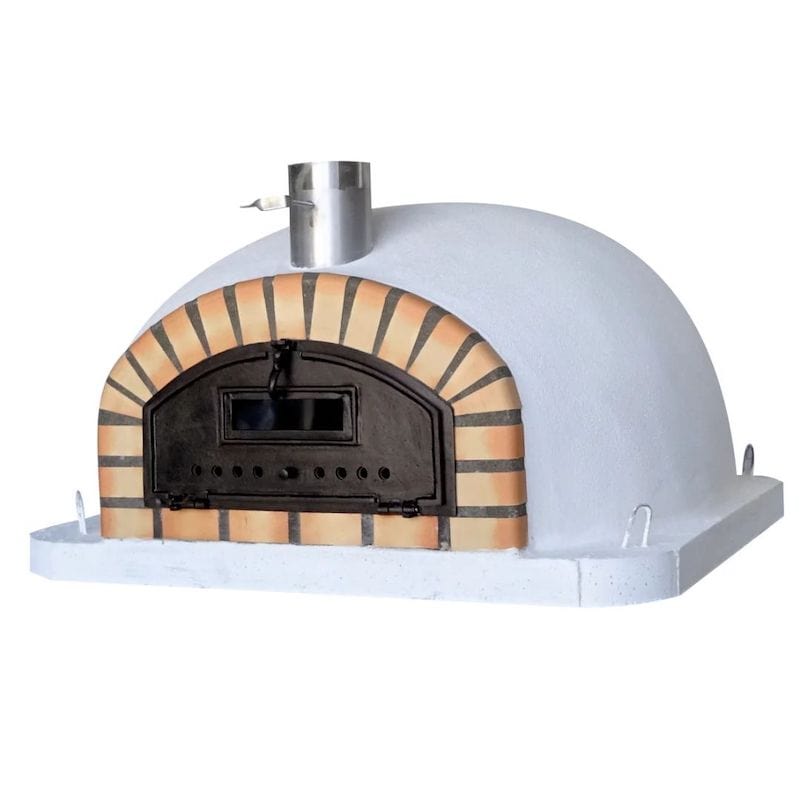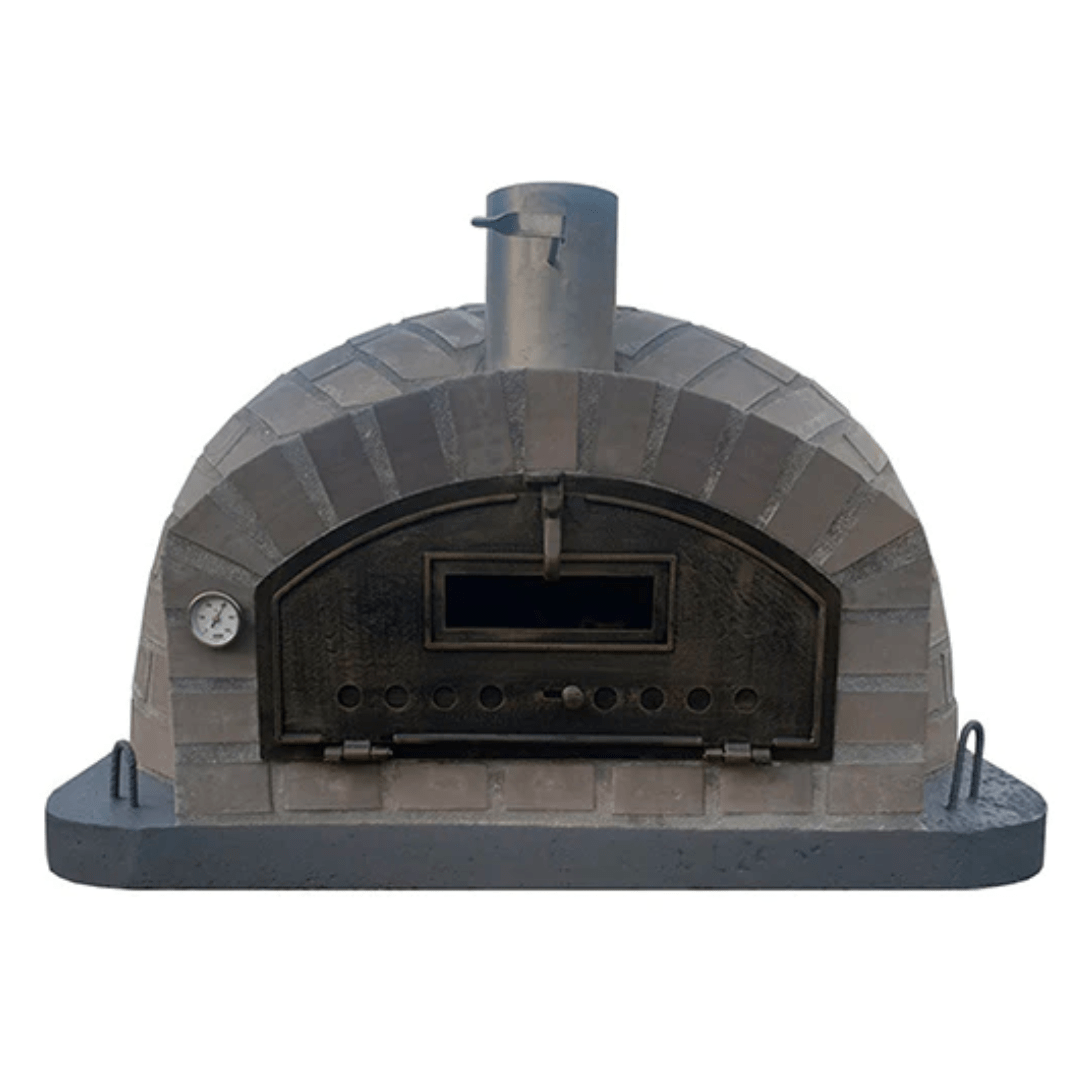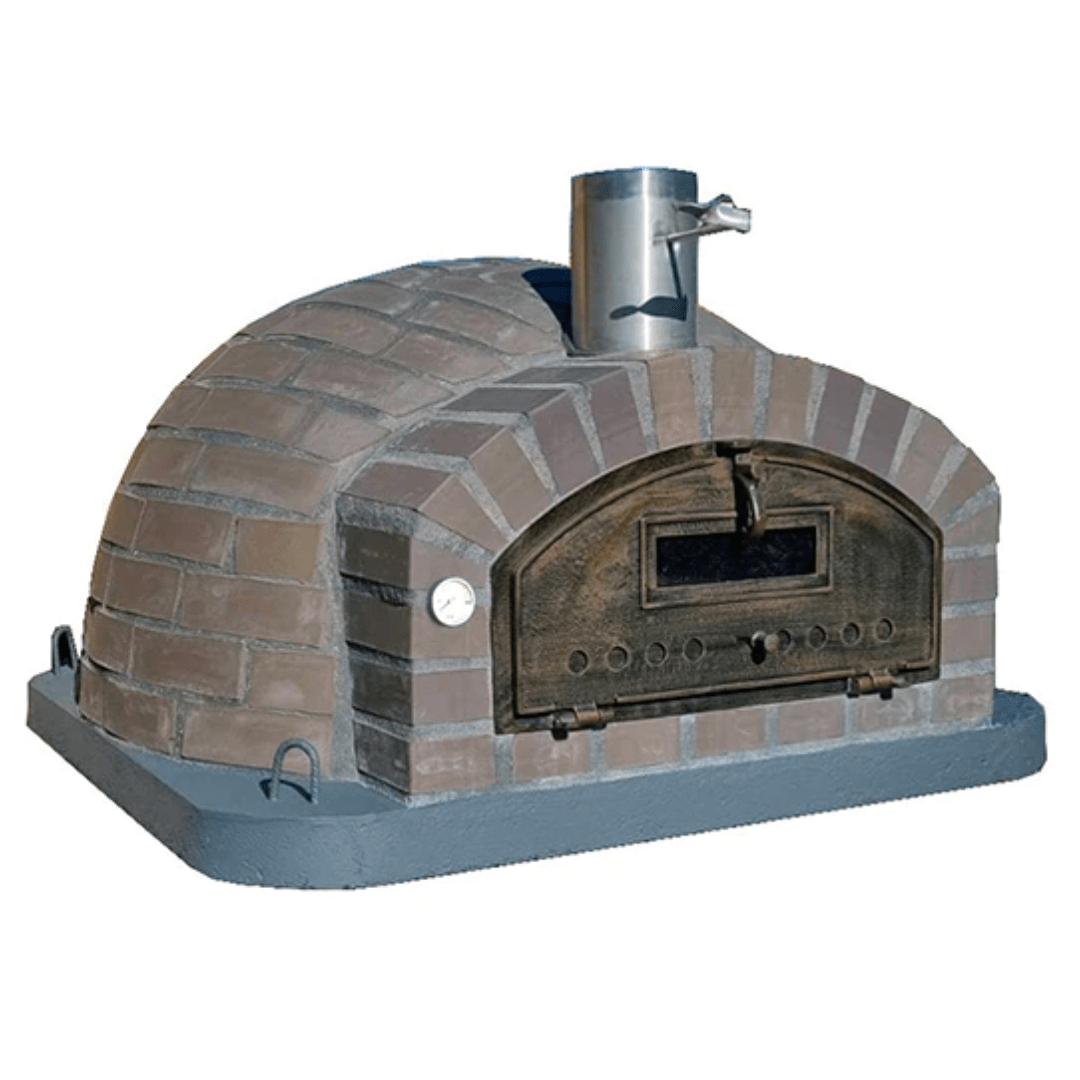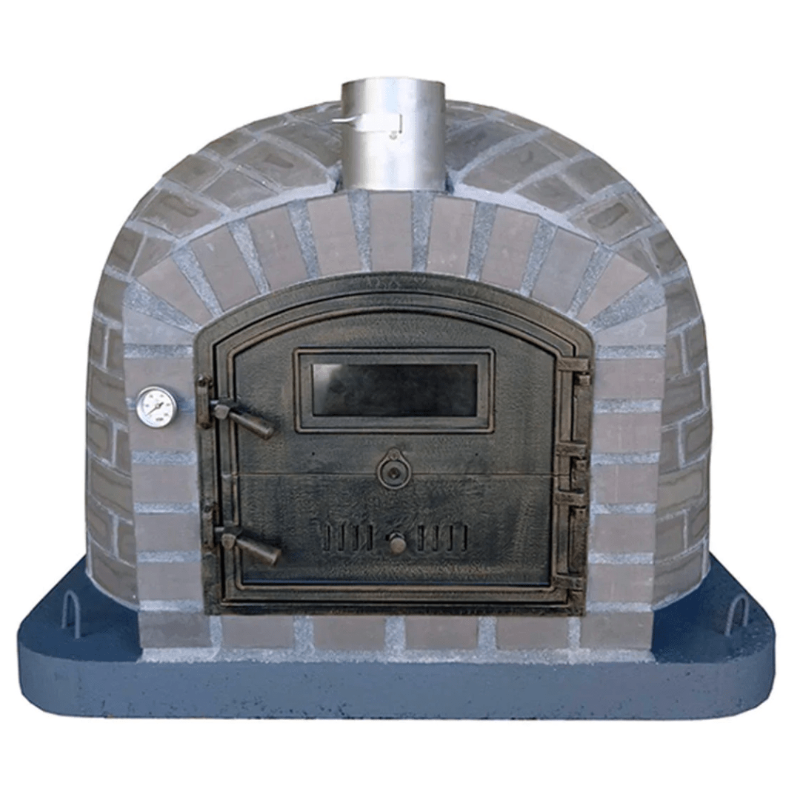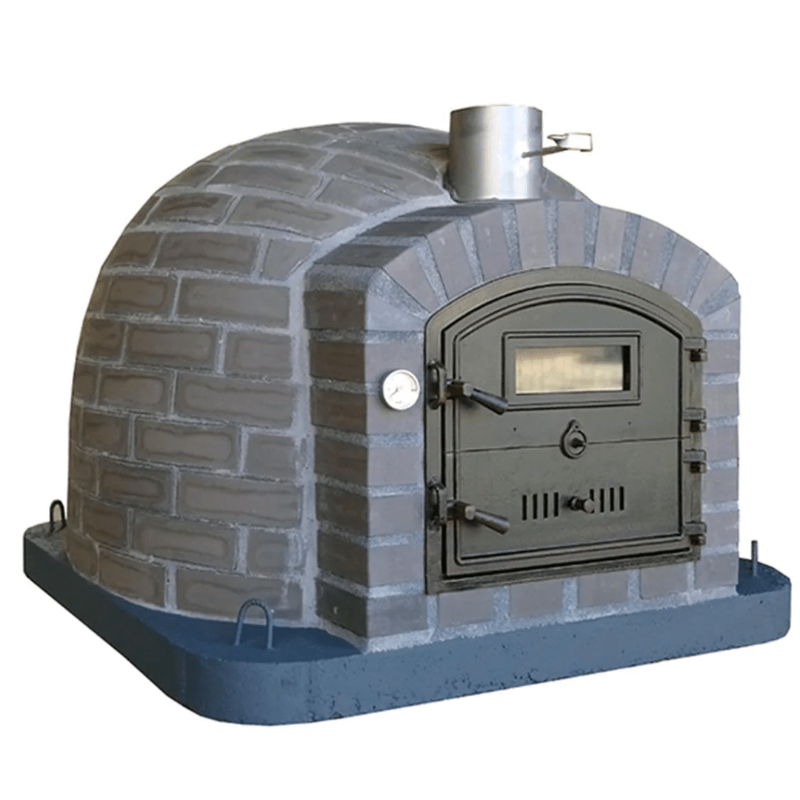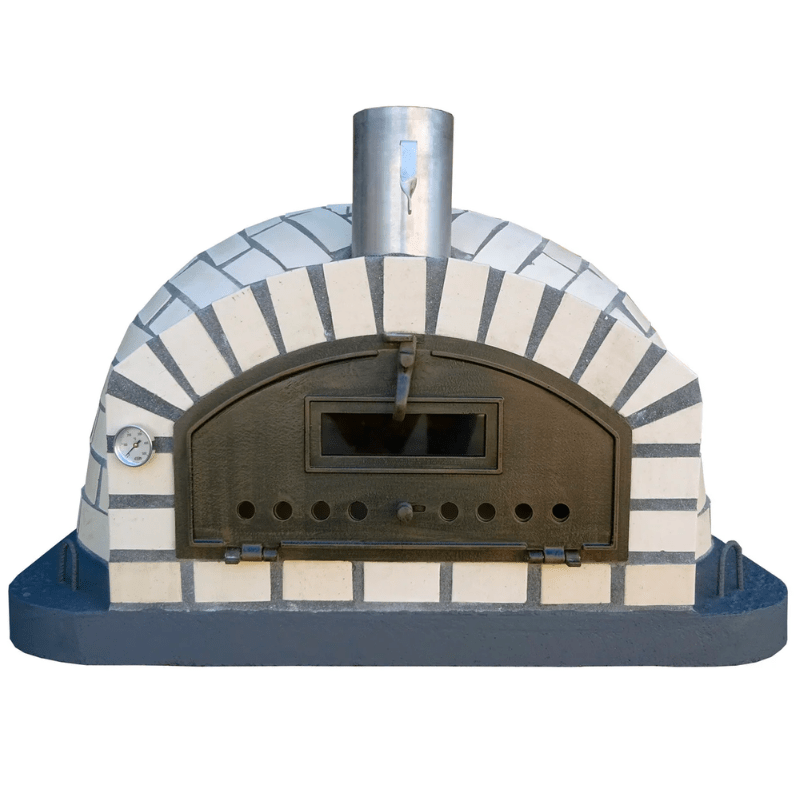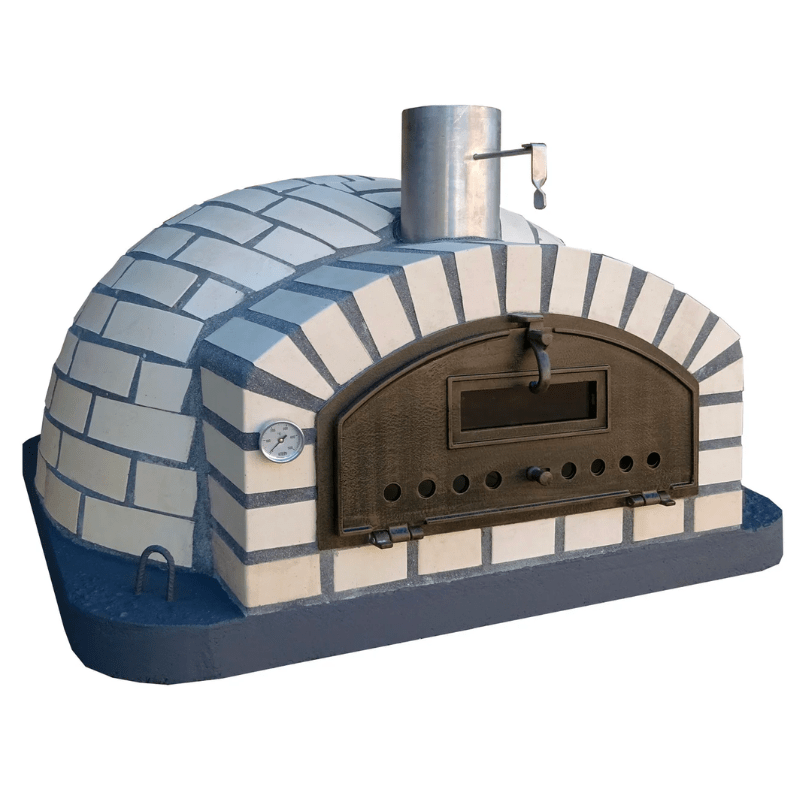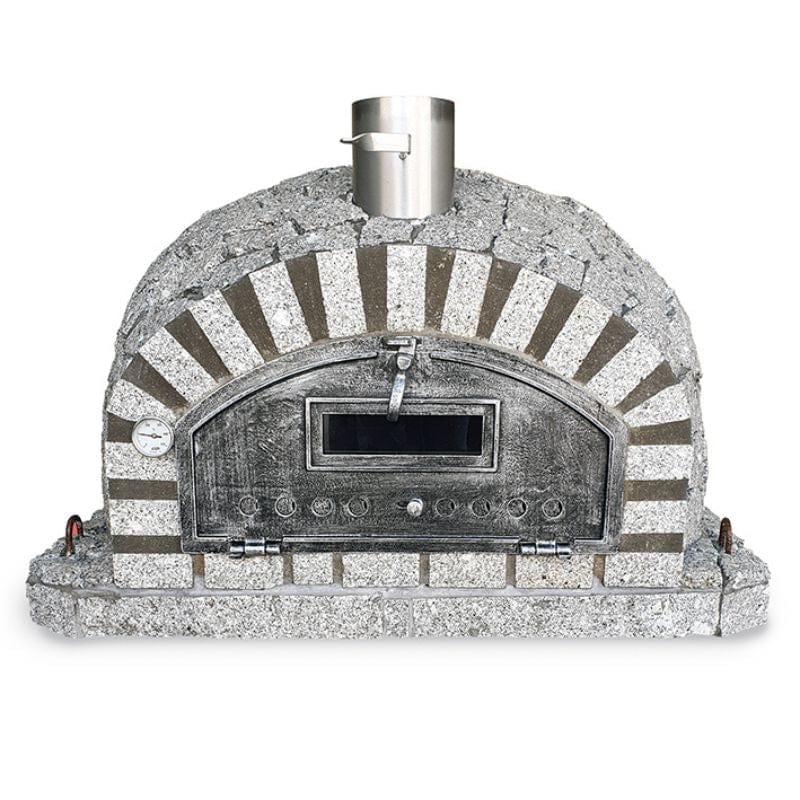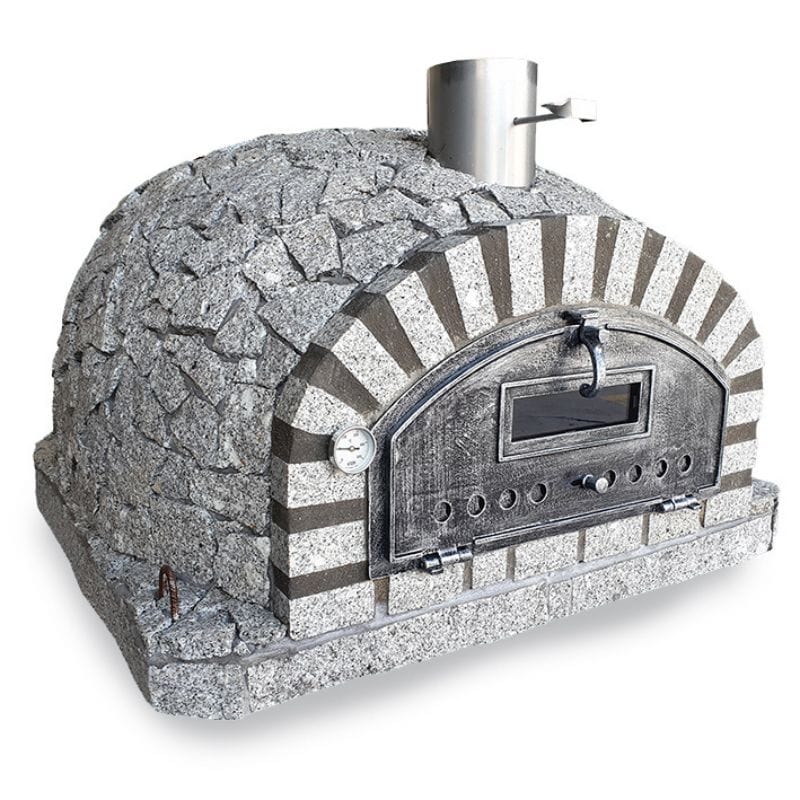Pizza is a universally beloved comfort food that comes in countless variations, but the foundation of a great pizza is undoubtedly its dough. If you’re a beginner, you may be intimidated by the thought of making your dough. Making the perfect pizza dough is both an art and a science, and it all starts with understanding the ingredients and their proportions. It requires precise measurements, accurate ingredients, and a lot of practice to get it right. But don’t worry, we’ve got you covered!
In this blog post, we’ll introduce you to a simple pizza dough calculator that will help you get it just right. Whether you're a newbie or a seasoned home chef, a pizza recipe calculator can be your best friend in the kitchen. With just a few clicks, you can determine the perfect amounts of ingredients you need to make your pizza dough, whether you’re going for a thin and crispy crust, or a thick and doughy one. We’ll also provide tips and tricks on how how tweaking the ingredients can influence the texture and flavor of your pizza.
Using the right ingredients
Pizza is one of the most popular dishes that people love, and there’s nothing quite like a homemade pizza, especially when it’s made from scratch. Let’s talk about the ingredients you’ll need for your pizza dough recipe. The four essential ingredients are pizza flour, water, yeast, and salt. Each ingredient plays a vital role in determining the texture, flavor, and overall quality of your dough.
Flour: The Backbone of Your Dough
First, let's start with the flour. You can use any wheat flour, but if you want to achieve a particular texture, here’s a quick guide. A strong bread flour has a high protein content, which creates chewy, bouncy dough. All-purpose flour is great for thin-crust pizza. Gluten-free flour is an alternative for people who cannot consume gluten. The pizza calculators will help you determine how much flour you need based on your serving size and crust thickness.
Flour is the primary ingredient in pizza dough and is responsible for its structure and texture. Common types include all-purpose, bread flour, and Tipo 00.
- All-purpose flour results in a softer and more tender crust.
- Bread flour provides a chewier and slightly denser crust.
- Tipo 00 flour creates an incredibly thin and crispy crust, perfect for Neapolitan-style pizza.
- The quantity of flour you use will directly affect the thickness of your crust. More flour leads to a thicker crust, while less flour makes a thinner one.
Water: The Hydration Factor
Next, water is essential for making the dough rise. If you want a crisp crust, use less water. A little bit more water will give you a bread-like texture. You can add milk, beer, or other liquids in place of water to adjust the taste. Use cold or room temperature water to slow down the fermentation and create more complex flavors. However, hot water helps to dissolve the sugar, salt, and yeast and provide the fast fermentation process.
Water hydrates the flour and activates the gluten, giving your dough its elasticity and stretchiness. The amount of water can be adjusted to control the dough's hydration level, which impacts the dough's texture.
- More water leads to a softer, airier crust.
- Less water results in a denser, crunchier crust.
- Achieving the right hydration level is crucial, so you may need to experiment to find your ideal balance.
Yeast: The Leavening Agent
Yeast is another crucial ingredient. It gives the dough its rise and creates air pockets. Instant yeast is the most common type of yeast to work with because it does not require activating, like active dry yeast. If you are using active dry yeast, proof it in warm water first for about 5 minutes before adding it to your dough. Too much yeast can make your pizza taste yeasty. To get the perfect amount of yeast, enter your crust and serving size into the online calculator.
Yeast is responsible for the dough's rise. You can choose between active dry yeast and instant yeast.
- Active dry yeast requires proofing in warm water before adding to the dough.
- Instant yeast can be mixed directly with the dry ingredients.
- The quantity of yeast you use affects the dough's fermentation time and flavor. More yeast speeds up fermentation but may yield a milder flavor, while less yeast requires longer fermentation and results in a more complex taste.
Salt: Enhancing Flavor and Texture
Salt adds flavor to your pizza dough. Too little and your dough will be flavorless, too much, and it will overpower all other ingredients. Aim for around 2% salt in your dough. You can use table salt, kosher salt, or sea salt. Add it to the flour before mixing in the wet ingredients.
Salt not only enhances the dough's flavor but also strengthens the gluten structure. It helps control fermentation and prevents excessive yeast activity. Too little salt can lead to an overly soft, bland crust, while too much can make it too tough and salty.
Sugar: Balancing Sweetness
Sugar adds a touch of sweetness to your dough and aids in fermentation by feeding the yeast. It can also promote browning during baking. Adjusting the amount of sugar can influence the crust's color and flavor.
Olive Oil: Adding Richness
Finally, oil or fat is optional, but it will add richness to your dough. You can use olive oil or melted butter. It also helps the dough to develop a crispy crust if the dough is baked in high heat or fry the dough.
Olive oil is an optional but often welcome addition to pizza dough. It contributes to the dough's flavor, making it richer and more tender. It also aids in browning during baking.
Other Flavorings: The Creative Touch
You can get creative by adding herbs, garlic, or even cheese to your dough for extra flavor. Experiment with different seasonings to find your unique pizza dough profile.
If you want a crispy and chewy crust, you’ll need to add more water and less flour. If you prefer a thinner and crispy crust, use less water and more flour. The yeast is responsible for the rise of your pizza dough. The amount of yeast you use will affect how fast your dough rises and how much it rises. Salt not only gives flavor to your dough but also inhibits the growth of yeast. It is essential to use the right amount of salt for a balanced taste.
The Pizza Dough Calculator: Your Blueprint for Success
Now let’s move on to the pizza dough calculator. This calculator will take the guesswork out of making pizza dough. All you need to do is enter the number of pizzas you want to make, and the calculator will automatically calculate the required amount of ingredients. You can adjust the calculator for the type of pizza you want to make.
Pizza Dough Styles
Creating different pizza styles is like crafting unique works of art, and the secret lies in the carefully chosen combination of ingredients. Each pizza style uses a distinct blend of flour types, hydration levels, leavening agents, oils, seasonings, and toppings to achieve its characteristic flavor, texture, and appearance.
Understanding these distinct ingredient choices is essential so it's beneficial to use a pizza dough calculator, as it empowers pizza enthusiasts to customize their dough to match their desired pizza style perfectly.
Below are explanations of the five most popular types of pizza and how each one uses a distinct combination of ingredients to create its unique style.
1. Neapolitan Pizza
Neapolitan pizza is the quintessential Italian classic known for its simplicity and high-quality ingredients. It features a thin, soft, and slightly chewy crust with a charred edge, often referred to as the "cornicione."
Neapolitan pizza dough typically consists of just four ingredients: high-protein Tipo 00 flour, water, salt, and a small amount of yeast. The key to its flavor and texture is a high hydration dough, usually around 60-65%, resulting in a light, airy, and tender crust.
San Marzano tomatoes, fresh mozzarella cheese, extra-virgin olive oil, and fresh basil are common toppings. The pizza is quickly cooked in a wood-fired oven, achieving a blistered, leopard-spotted crust.
2. New York-Style Pizza
New York-style pizza is characterized by its large, foldable slices with a thin and crisp crust that's slightly thicker than Neapolitan. The dough incorporates bread flour for extra chewiness and a moderate hydration level, around 60%.
Olive oil is often added for flavor and texture. The sauce is made from tomato paste or crushed tomatoes, typically seasoned with herbs and garlic. Toppings can vary widely, but mozzarella cheese is a staple. The result is a balanced pizza with a crisp exterior and a soft, pliable interior.
3. Detroit Pizza
Detroit style pizza is a unique and delicious pizza style known for its distinctive characteristics. It originated in Detroit, Michigan, and has gained popularity for its thick, square or rectangular-shaped crust, which is crisp on the outside and light and airy on the inside.
What truly sets Detroit style pizza apart is the use of a special pan, often referred to as a "Detroit-style pizza pan" or a "blue steel pan." These pans have deep, straight sides, which allow the dough to rise and create a distinctive, thick crust with a crispy, caramelized edge.
Detroit style pizza follows a unique order for its toppings. First, a layer of cheese is spread directly onto the dough all the way to the edges. Next, toppings like pepperoni, vegetables, or sausage are added on top of the cheese, followed by a hearty ladling of tomato sauce, often dolloped in rows on the pizza's surface. The sauce on top creates a sweet-tangy flavor profile that's characteristic of Detroit style pizza.
4. Sicilian Pizza
Sicilian pizza is square or rectangular in shape and features a thick, fluffy, and pillowy crust. The dough is prepared with high-gluten bread flour, oil, and water, resulting in a dough with a tender interior and a crisp bottom. It's allowed to rise twice, giving it its characteristic airy texture.
The sauce is typically made with canned tomato sauce or crushed tomatoes, seasoned with garlic and herbs. Cheese, often mozzarella or a blend of cheeses, is generously spread over the sauce. Sicilian pizza is known for its satisfyingly thick slices and hearty toppings.
5. Margherita Pizza
The Margherita pizza is a Neapolitan classic named after Queen Margherita of Italy. It features a simple yet elegant combination of ingredients: a thin, soft crust made with Tipo 00 flour, water, salt, and yeast; a tomato sauce made from San Marzano tomatoes, seasoned with salt and fresh basil leaves; and fresh mozzarella cheese.
The toppings are arranged to resemble the Italian flag, with tomato sauce symbolizing red, mozzarella representing white, and basil leaves as green. The result is a pizza with a harmonious blend of flavors and a visually appealing presentation.
6. Chicago Deep-Dish Pizza
Chicago deep-dish pizza is a hearty and indulgent creation. The dough is made with all-purpose flour, cornmeal, and butter, resulting in a thick, buttery, and crumbly crust. It's pressed into a deep, round pan, creating a deep well for fillings.
Traditional toppings include mozzarella cheese, Italian sausage, and chunky tomato sauce. The layers of cheese, toppings, and sauce are stacked high, giving this pizza its distinctive, casserole-like appearance. It's baked until golden brown and often topped with a layer of grated Parmesan cheese.
Each of these pizza styles offers a distinct experience, showcasing how the choice of ingredients and dough preparation can create a world of difference in taste, texture, and overall appeal. Your pizza dough calculator can be a valuable tool for aspiring pizza chefs to customize their dough for these various styles and beyond.
Customizing Your Dough
But wait, there’s more! If you want to customize the flavor of your dough, you can do so by adding herbs, spices, or even cheese to your dough ingredients. Herbs like oregano and basil can give a unique flavor to your dough. Spices like red pepper flakes, garlic powder, and black pepper can give a spicy kick to your dough. Cheese can add extra richness and flavor to your dough. Just mix in the herbs, spices or cheese when you’re preparing the dough, and you’ll have a pizza that is uniquely yours.
Another way to improve the flavor of your pizza is by letting the dough rise for a longer time. This process is called fermentation. The longer you let the dough balls rise, the more flavor they will develop. The optimal time to ferment your dough is 24-48 hours. You’ll be amazed at the flavor of your pizza dough after a long rise.
Lastly, the way you bake your pizza also affects the texture and flavor of your pizza. For a crispy crust, place your pizza on a preheated pizza stone in a hot home oven or in a high temperature pizza oven. For a softer crust, place your pizza on a baking sheet. Toppings also play a crucial role in the taste of your pizza. Use fresh, quality ingredients like tomatoes, mozzarella cheese, and fresh herbs.
Final Thoughts...
With the right pizza dough calculator, you can master the art of pizza-making and customize your pizza to your heart's desire. Understanding the role of each ingredient and how they interact with one another will allow you to create the perfect pizza dough for your personal taste.
For example, Neapolitan pizza relies on high-protein Tipo 00 flour and a high hydration dough for a soft, tender crust, while New York-style pizza opts for bread flour and a moderate hydration level to achieve a thin and crisp yet foldable crust. Chicago deep-dish pizza features a buttery, crumbly crust made with all-purpose flour and cornmeal, while Sicilian pizza uses high-gluten bread flour and a double rise for its thick, fluffy texture. Margherita pizza showcases the beauty of simplicity with its combination of Tipo 00 flour, San Marzano tomatoes, fresh mozzarella, and basil.
Remember, pizza-making is an art, and practice makes perfect. Don't be afraid to experiment with different ingredient ratios until you achieve the texture and flavor you desire. With the help of this easy-to-use pizza dough calculator, you’ll be making your homemade pizza in no time. So, roll up your sleeves, put on your apron, and let the fun begin!


